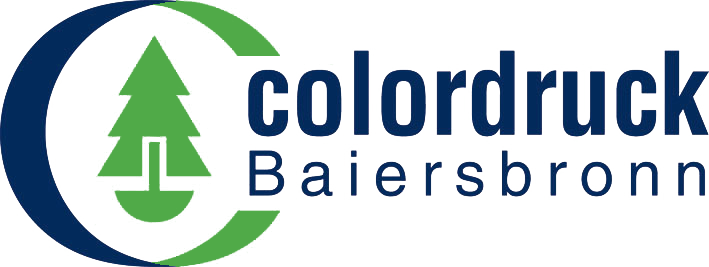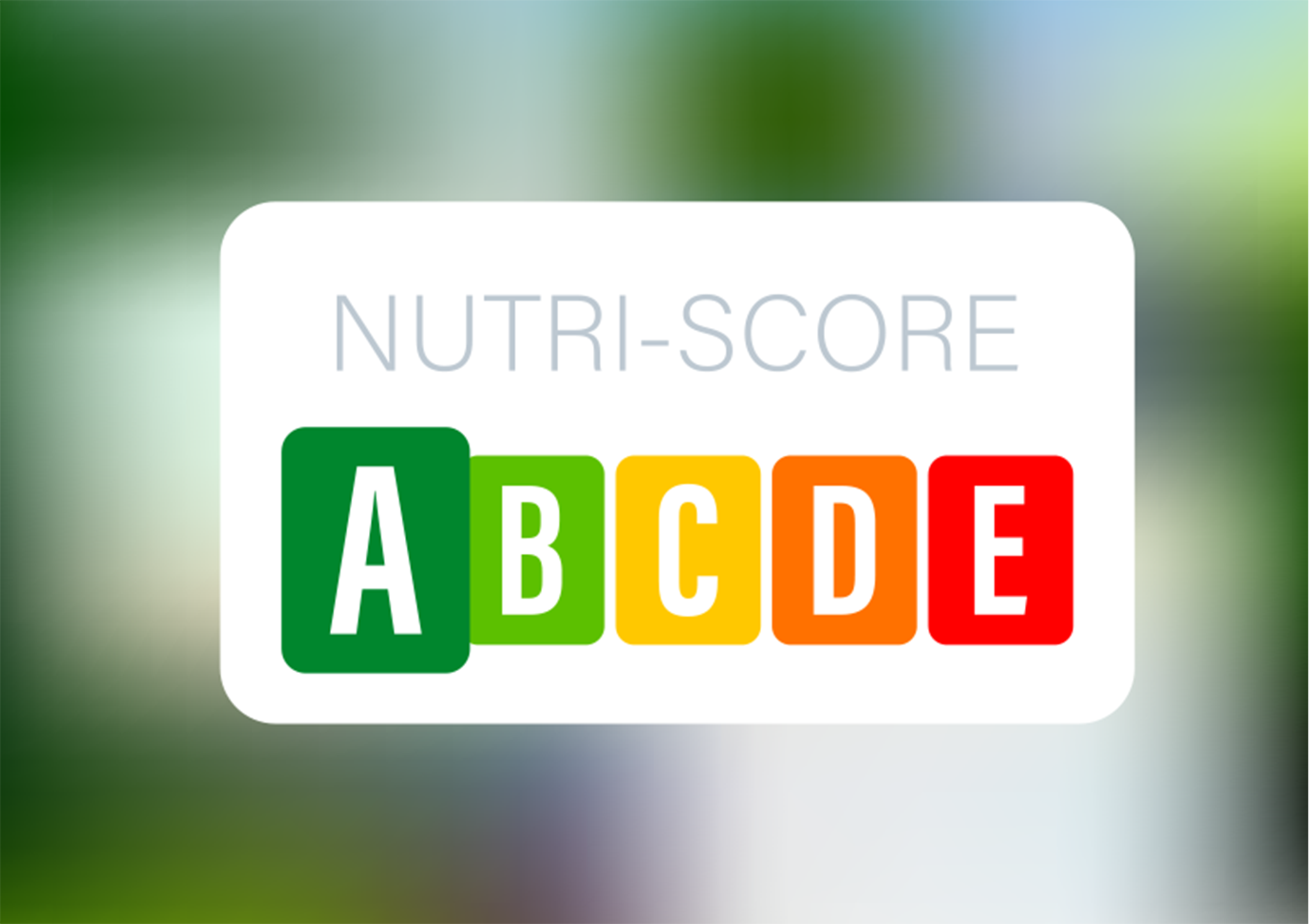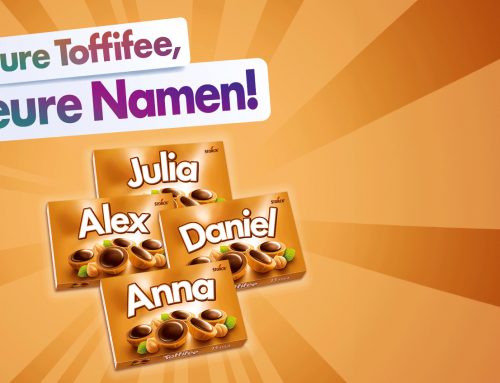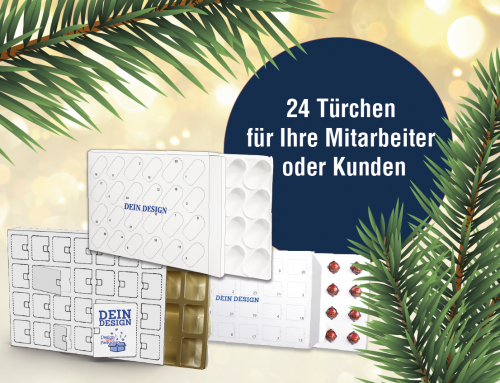From November 2020, you will find a new food traffic light – the Nutri-Score – on many food packages in German retail. Suppliers can print the five-colour colour and letter scale on their products so that consumers can see the nutritional quality of processed foods at a glance. This is intended to raise awareness of healthy eating. It is already clear that the Nutri-Score is popular with German consumers!
A multitude of foods pile up on supermarket shelves. For consumers, it is often only possible to find out which is the healthiest by laboriously studying the nutritional value tables. The new food traffic light is now intended to remedy the situation: The Nutri-Score now classifies foods in a five-colour traffic light system, from A green to E red. Behind this lies an algorithm which, in addition to the energy content, evaluates “less positive” nutrients such as saturated fatty acids, sugar and sodium as well as “positive” ingredients such as fibre and proteins. For the different ingredients, a product receives plus and minus points, which result in a total score. The calculated score is then translated via the traffic light system. So far, however, the placement of the Nutri-Score on packaging is voluntary for the food industry. Our neighbouring country France already introduced the label in 2017. Spain, Belgium, Portugal, Luxembourg and Switzerland also use the Nutri-Score.
Already popular with consumers
Although it is still very new, the Nutri-Score is very popular and highly trusted by consumers. According to studies, the new label meets with great approval among consumers. 89 per cent of the population like the Nutri-Score. 85 per cent are even in favour of the label being mandatory for manufacturers on all processed foods and alcoholic beverages in Germany.
How the Nutri-Score influences the purchase decision
The information on nutritional values on product packaging has a direct impact on consumers’ buying behaviour. According to a survey, 55 percent of consumers have already not bought a product because of the nutritional values. With regard to the Nutri-Score, the survey shows that 36 percent would not buy a product with a D-label (orange-coloured) and already 22 percent refrain from buying a product with a C-label (yellow-coloured). Especially among the age group of 18 to 25 years, awareness of nutrition and health is very important. Purchasing decisions are increasingly made dependent on such aspects among young adults.






